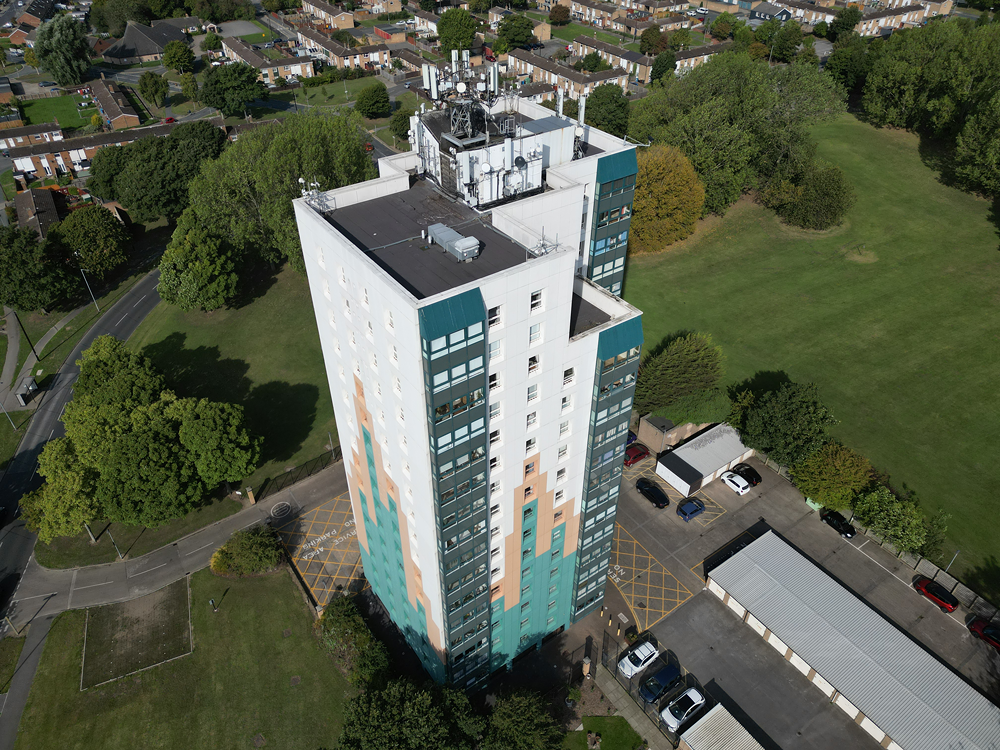
Fire Safety (England) Regulations 2022
Published Feb 03, 2023
The new set of regulations, which implement the majority of the Grenfell Tower Inquiry recommendations, came into force on 23 January 2023, but what do they mean to you and are they relevant? This article will introduce the regulations and provide useful sources for further information based on your responsibilities.
What legislation is now in place?
Multiple items of fire safety legislations are now in place, adding to an already large number of guidance documents and British Standards. The Regulatory Reform (Fire Safety) Order 2005, also known as the Fire Safety Order, still remains as principal fire legislation.
Following the Grenfell Tower Inquiry Phase 1 report and Home Office consultation, the government broadly supported the majority of recommendations, but implementing them would require a change in the law: the commencement of the Fire Safety Act 2021. This act supports the Fire Safety Order and clarifies that the order applies a building’s structure, external wall, and any common parts of the premises (including all flat entrance doors) for buildings containing two or more sets of domestic premises. The new regulations implement the recommendations.
The new regulations also sit alongside the Building Safety Act 2022, which further support the Fire Safety Order by better supporting compliance and enforcement in higher risk buildings, defined in the act as being at least 18 meters in height or has at least seven storeys, and containing at least two residential units.
Our November article, which can be found here, on the Building Safety Act 2022 gives more detail.
Where do these regulations apply and to whom?
The Fire Safety (England) Regulations 2022 apply in England only and identify legal duties of the responsible person – this is normally the building owner, or in residential properties, any other person in control of the premises.
Many of the Grenfell Tower Inquiry recommendations referred to high rise buildings (18m+ in height or at least seven storeys) and therefore most of the regulations only apply in those buildings. However, it has been recognised that some recommendations should be applicable to all multi-occupied buildings with common parts. You may already have a lot of these controls in place, but the guidance linked below will support in all settings and identify areas where further controls may be required.
I’m not a responsible person or in the housing sector – do I still need to know about this?
Although the regulations may not affect you directly, the recent introduction of legislation highlights the current focus on fire safety and aspects of construction as well. This means understanding the need to ensure materials are properly sourced and recorded. More guidance and legislation is due to be released in the next 18 months to support the introduction of the Building Safety Act 2022, but it is never too early to start observing best practice.
The HSE has been identified as the Building Safety Regulator and the National Regulator for Construction Products with a range of additional powers, including the ability to prosecute companies breaching the rules set by the construction products regulatory regime. It is expected that there will be enhanced duties of the client, principal designer, and principal contractor under supporting legislation.
Requirements in residential buildings
Requirements in high-rise buildings
In high-rise buildings, the responsible person will be required to:
- Building plans (Reg. 6) – provide their local Fire and Rescue Service with up-to-date electronic and hard copy building plans which identify key firefighting equipment
- External wall systems (Reg. 5) – provide their local Fire and Rescue service with information on the design and materials of the external wall system, the risk they present and mitigating steps to control that risk
- Lifts and other key firefighting equipment (Reg. 7) – undertake monthly checks on the operation of firefighting and evacuation lifts
- Information boxes (Reg. 4) – install and maintain a secure information box containing the name and contact details of the responsible person and hard copies of floor plans
- Wayfinding signage (Reg. 8) – install signage visible in low light or smoky conditions that identifies flat and floor numbers
Requirements in residential buildings over 11m in height
All residential buildings over 11m (including high-rise buildings) will be required to:
- Fire doors (Reg. 10) – undertake and record annual checks of flat entrance doors and quarterly checks of all fire doors in the common parts
Requirements in all multi-occupied residential buildings
All multi-occupied residential buildings with two or more sets of domestic premises and common parts will be required to:
- Fire safety instructions (Reg. 9) – provide relevant fire safety instructions to their residents including how to report a fire and actions to take on hearing the alarm and evacuating
- Fire door information (Reg. 10) – provide residents with information relating to the importance of fire doors in fire door safety
Further guidance and information
These new regulations see the introduction of some of the largest changes in legislation for a number of years, and now that they can be enforced it is important to know where to access further guidance and information. The collection of links below are government-produced guidance and fact sheets, but further support and advice can also be provided through our training and consultancy services, particularly our fire risk assessors.
- Government fact sheets on the regulations can be found here
- Check your fire responsibilities under the Fire Safety (England) Regulations 2022 here
- Fire door guidance can be found here
Source: Dave Wright GradIOSH, GIFireE